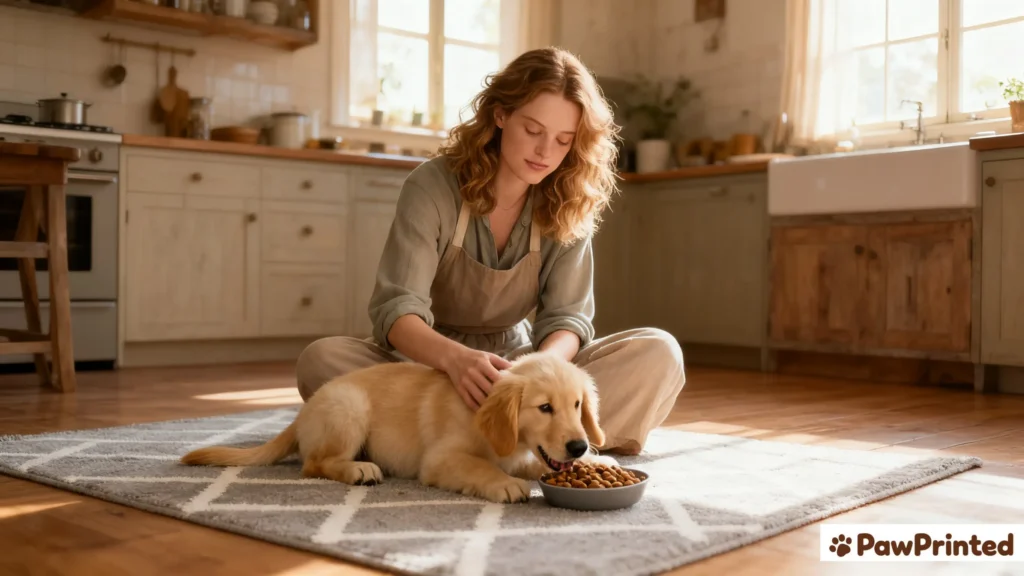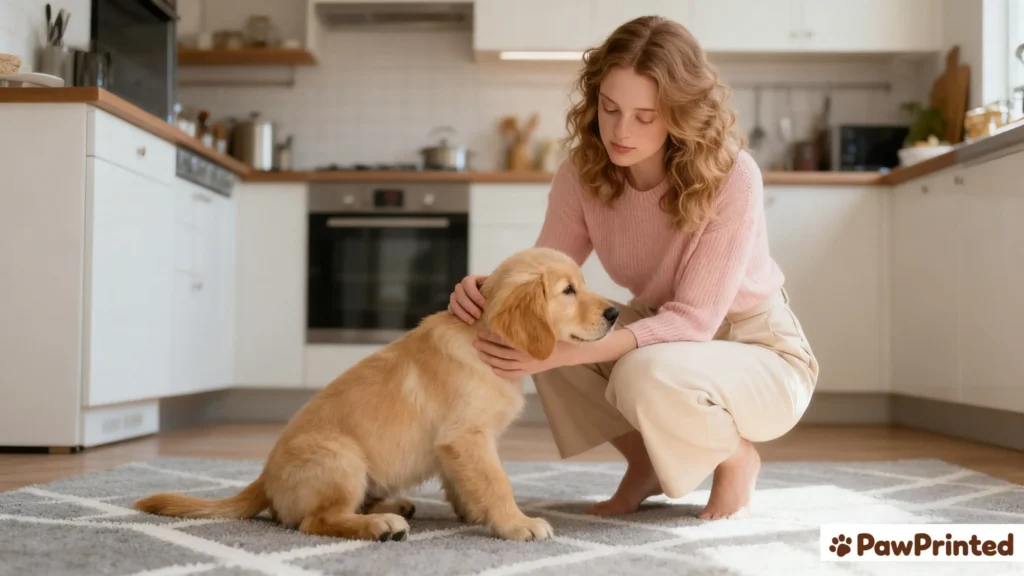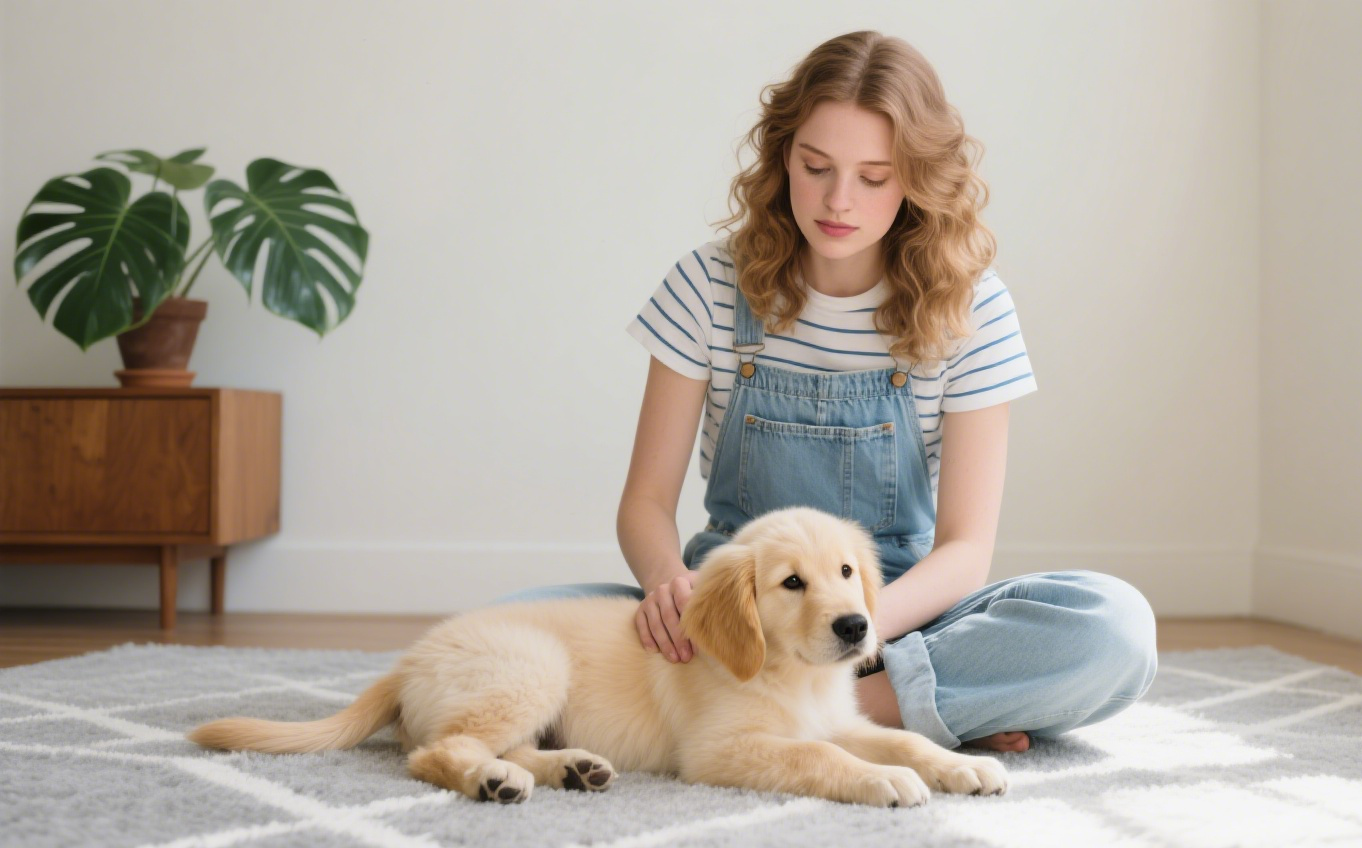Best Dog Food for Allergies: Vet-Approved Picks & Calm-Gut Routine
I learned the hard way with Ethan: “random” itch wasn’t random. Red paws, ear gunk, off-and-on soft stools—until our vet had us strip meals back to one clean base and change just one thing at a time. Below is exactly what finally worked: simple, allergy-smart foods, how to switch without chaos, and our quiet routine for flare-up weeks.
⚠️ Call your vet first for persistent vomiting/diarrhea (>24h), blood in stool, hives or facial swelling, repeated ear infections, rapid weight loss, or lethargy. Food helps maintenance—not emergencies.

How Food Triggers Dog “Allergies” (and Why Simple Diets Help)
Most diet reactions show up as itchy skin, paw licking, ear debris/odor, belly rumbles, or loose stools. Common culprits are specific proteins (often chicken or beef), storage mites in old bags, or additive “noise.” Two paths consistently help:
Limited Ingredient Diets (LID) to reduce variables, and hydrolyzed-protein recipes for tough cases. Lowering “diet noise” shrinks the overall itch bucket so the rest of life (pollen, stress) doesn’t overflow it.
When Ethan first started flaring, I panicked and tried everything at once—new kibble, probiotics, pumpkin, even swapping bowls. It only made things messier. What finally worked was slowing down and keeping it simple: we began with a clean limited ingredient dog food, added steady routines from our sensitive stomach & diarrhea guide, and later layered in probiotics for dogs to support his gut. The last piece was following a careful schedule from our dog food transition guide so every change had time to settle. Step by step, his paws calmed, his stools steadied, and I finally felt like I had a plan that worked.
What Finally Helped on Our Allergy Journey
Our allergy story with Ethan wasn’t a straight line. The first real relief came when we tried Hill’s Science Diet Sensitive Stomach & Skin (Chicken & Rice, Small & Mini). By day five his stools were firm again, and I actually slept through the night without mopping floors. But then the paw-licking came back, and I started to wonder if chicken itself was part of the problem.
That’s when we pivoted to the Hill’s Lamb & Rice version. Two weeks in, his paw redness calmed and the chewing eased. It was the first time I realized how much difference a single protein swap could make.
Later, during a tough flare, we reached for Purina Pro Plan Sensitive Skin & Stomach (Salmon & Rice). His digestion steadied, and the bonus was a shinier coat that even our groomer noticed. When we needed something simpler, Blue Buffalo Basics LID Turkey & Potato stripped everything back so we could spot triggers without extra noise.
Of course, there were harder days too. When nothing else worked, SquarePet Hydrolyzed Protein became our “reset button.” And for recovery phases when Ethan refused kibble, Natural Balance Venison & Sweet Potato (Wet) gave him hydration and calories without setbacks.
Each food wasn’t just a product test — it was a step in learning Ethan’s body. Small wins like calmer nights, fewer paw licks, or a shinier coat kept us moving forward. That’s how we finally built a routine that worked for his allergies.

Quick Comparison (Which One Fits Your Pup?)
| Option | Why It Helps | Best For |
|---|---|---|
| Hill’s Sensitive S&S Small & Mini (Chicken & Rice) | Gentle base; tiny kibble; consistent stools | Small breeds, first allergy trial |
| Hill’s Small & Mini (Lamb & Rice) | Alternative protein when chicken is iffy | Paw-lickers; mild skin flares |
| Purina Pro Plan Salmon & Rice | Salmon + prebiotic fiber; coat + gut combo | Dry-food fans needing shine + stool calm |
| Blue Basics LID (Turkey & Potato) | One protein, one starch; simple read on triggers | At-home elimination style |
| SquarePet Hydrolyzed Protein | Hypoallergenic design for tough cases | “Reset” phase after flares |
| NB LID Wet (Venison) | Moisture + calories when chewing/appetite dip | Seniors; post-flare soft feeding |
Our Simple 3-Step Routine (Keep Variables Quiet)
- Transition slowly (7–10 days). 25% → 50% → 75% → 100%. See the full ladder:Dog Food Transition Guide.
- Log one change at a time. If you add a probiotic (e.g.,FortiFlora), don’t also swap proteins that week.
- Use “reset” foods during flares. Short stints on hydrolyzed or a gentle LID wet calm the bucket before you retest dry picks.
Keep Learning (short reads)
Sensitive Skin Nutrition ·
Grain-Free: Pros & Cons ·
Salmon Dog Food
If you don’t want to cook daily, our dry food picks were Ethan’s steady backups on busy weeks.

FAQ: Dog Food for Allergies
Not automatically. True food allergies are usually to proteins (e.g., chicken, beef, dairy)—not grains.
If grains seem to bloat your dog, try gentle grains (rice, barley) or a clear LID formula.
See our overview: Grain-Free Dog Food.
Tummy changes may calm in 3–5 days; skin improvements often need 2–4 weeks (skin turnover is slower).
Commit to one food for 10–14 days unless your vet advises otherwise. Use ourtransition ladder.
During flares (itch + loose stools), a gentle wet LIDcan soothe the gut first. Then move to a steady dry pick for convenience.
They can support gut integrity and immune balance. Compare options inBest Probiotics for Dogs and Sensitive Stomach Supplements.
Yes—but choose formulas labeled for growth or “All Life Stages,” and confirm Ca:P is puppy-safe.See the Puppy Dog Food hub.
Follow PawPrinted on Pinterest
See new allergy-friendly food ideas, gentle transition ladders, and vet-approved tips.
Wrapping It Up
If you’re stuck, start with a gentle wet base, then settle into a steady dry pick.
Log what you change, celebrate small wins (better poops count!), and keep variables quiet for 10–14 days.
Share what worked for your pup in the comments—your notes help other families, too.
Want the clinical side? Skim these primers:AKC: Food Allergies in Dogs ·PetMD: Food Allergies
Disclosure: We may earn a small commission from recommended links at no extra cost to you. We only share products we genuinely use or vet-review.

